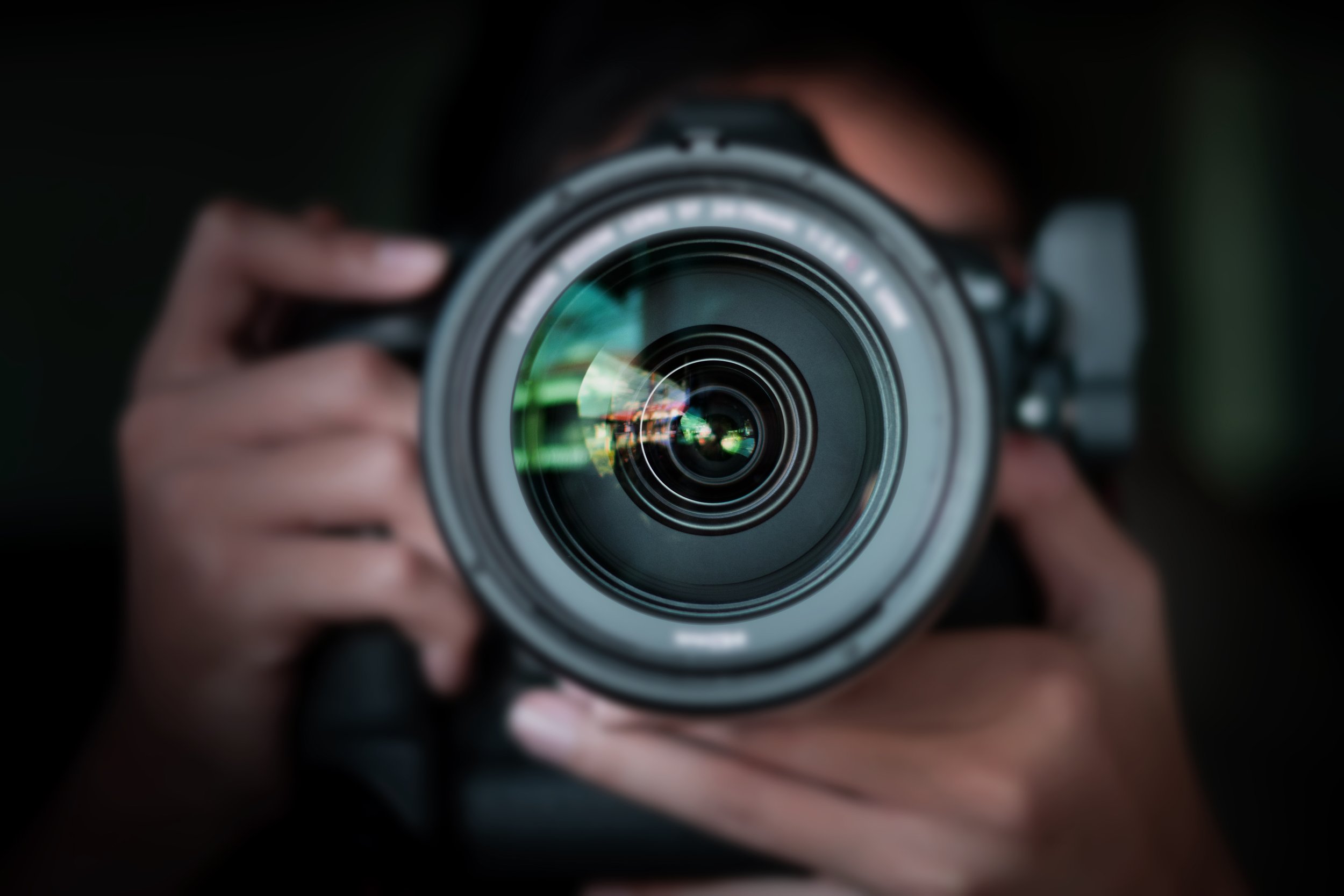The Perfect? Portrait Lens
/Hey folks, this is one of those recurring questions that new and reengaging photographers ask. Most are not looking to be headshot photographers, although some are, so when I dive in to learn what portrait means to the person making the query, I tend to get one of three answers, sometimes two, and more rarely all three.
Let’s break them down and see what makes sense.
The Family Portrait
A family portrait typically involves two or more people. They are popular for anniversaries, memory capture and of course special family events. I’m not going to get into posing methodologies, that is a very different scenario.
In general, in a family portrait, photographers are looking for full body shots, including all the members of the family. If a couple a vertical orientation tends to work well, but as the numbers of people increase, and pets get included, a horizontal orientation tends to work better.
Space between the photographer and the subjects can be limited, so I encourage choosing a medium wide angle lens for this kind of work. We all know that different cameras have different sensor sizes, so I am going to focus on cameras with interchangeable lenses and base my recommendations on what are called full frame equivalent angles of view. It’s not the focal length that matters, it is the angle of view, and that is true in all cases. Experience has taught me that a diagonal angle of view of about 64 degrees delivers good coverage but without the perspective exaggeration effect common to lenses of a larger angle of view. In the context of full frame equivalent, this is a 35mm lens. If we are using a crop sensor camera, with a crop lens such as Nikon DX, Canon EF-S or any Fujifilm product, we are looking at lens around 24mm. Crop sensor camera users who are mounting full frame lenses need to understand that the so-called Nifty 50 is actually delivering the angle of view of a 75mm lens on a crop sensor camera and is not really suitable for this task. In that case consider a 16mm FFE, but you are going to face serious risk of perspective exaggeration. For those using the micro 4/3 sensor format, this is going to be in the 17mm focal length range.
Keep the plane of your subjects parallel to the sensor plane as much as possible to reduce any perspective exaggeration effects. Avoid tilting the camera up or down for the same reason. Construct in your mind, an average eyeline height and set the camera at that height for greatest success.
Single or Couple Full Body Shot
In this scenario, a vertical orientation allows the photographer to do a more successful job of filling the frame. In this case an angle of view of around 47 degrees tends to work best. On a full frame system this would be a 50mm lens. For a crop sensor lens, consider between 30mm and 35mm native, or if using a full frame lens on a crop sensor camera, something between a 20mm FFE or 24mm FFE, but again be cognizant of increased risk of perspective exaggeration. For those with micro 4/3 cameras, the 25mm focal length is ideal.
You will have to pay attention to planar alignment as with the family portrait and leave yourself some space around the edges on crop sensor or micro 4/3.
Headshot
In this scenario, there is a lot of argument. Some favour the 85mm FFE in tight, some the 100mm FFE with a bit more space, while others prefer a 70-200 zoom FFE to allow for cropping at time of the shot. After hundreds of headshots, I use a 70-200mm zoom and have through review find that I am most often working at 180mm. This gives a nice perspective flattening effect that is not obvious and allows me not to be in the subject’s face. Folks who are not professional models may be less comfortable if you are in very close. The zoom lens also provides flexibility depending on the space you have to work in.
If we use my typical working focal length as an example, we see that the angle of view is just under 14 degrees. On a crop sensor lens, this would be about 120mm focal length, or if using a full frame lens on a crop sensor, something around 80mm is close. For those with a micro 4/3 camera, this is handled nicely by the 90mm focal length.
The tighter the angle of view you use, the more distance you want between the camera and the subject to reduce the illusion of perspective compression.
Posing is a very different conversation and is entirely dependent on the subject. There are no firm rules but guidelines say position the camera to accentuate the positive and deemphasize those features that your subject is less enamoured with. If the subject(s) does (do) not like the results, a lot of that falls on the photographer.
Thank you as always for reading and listening. If you shop at B&H Photo Video please do so through the link on the homepage. It costs you nothing extra and pays me a small commission that is helpful. I’m Ross Chevalier and until next time peace.









